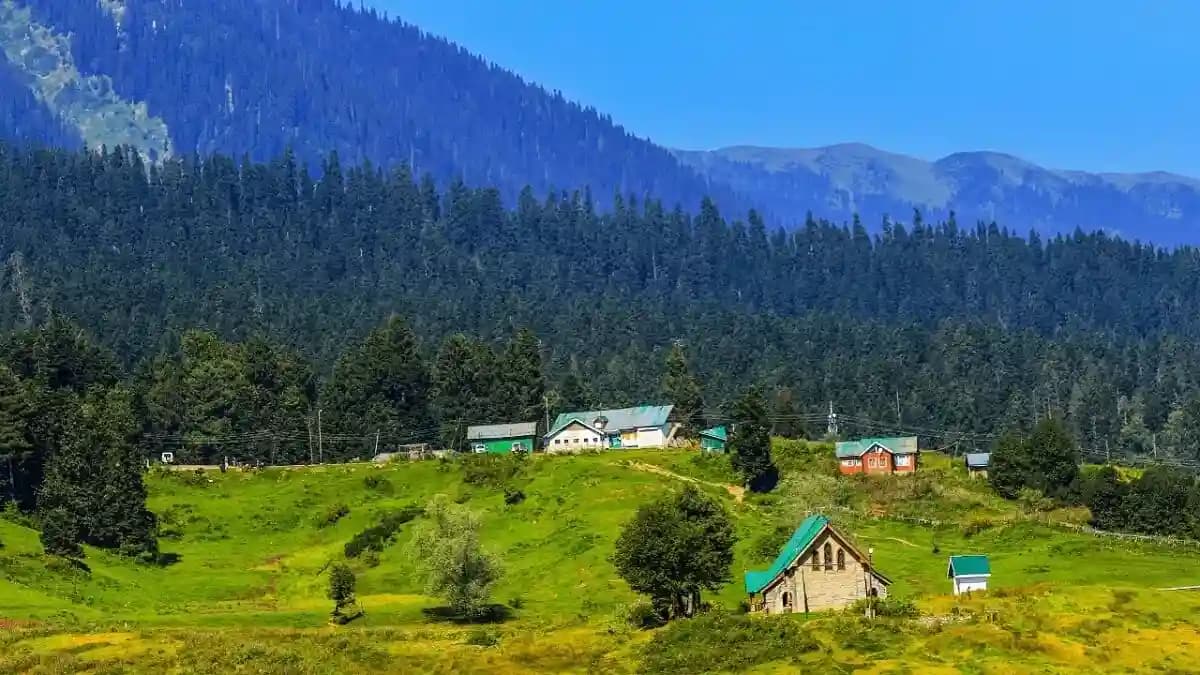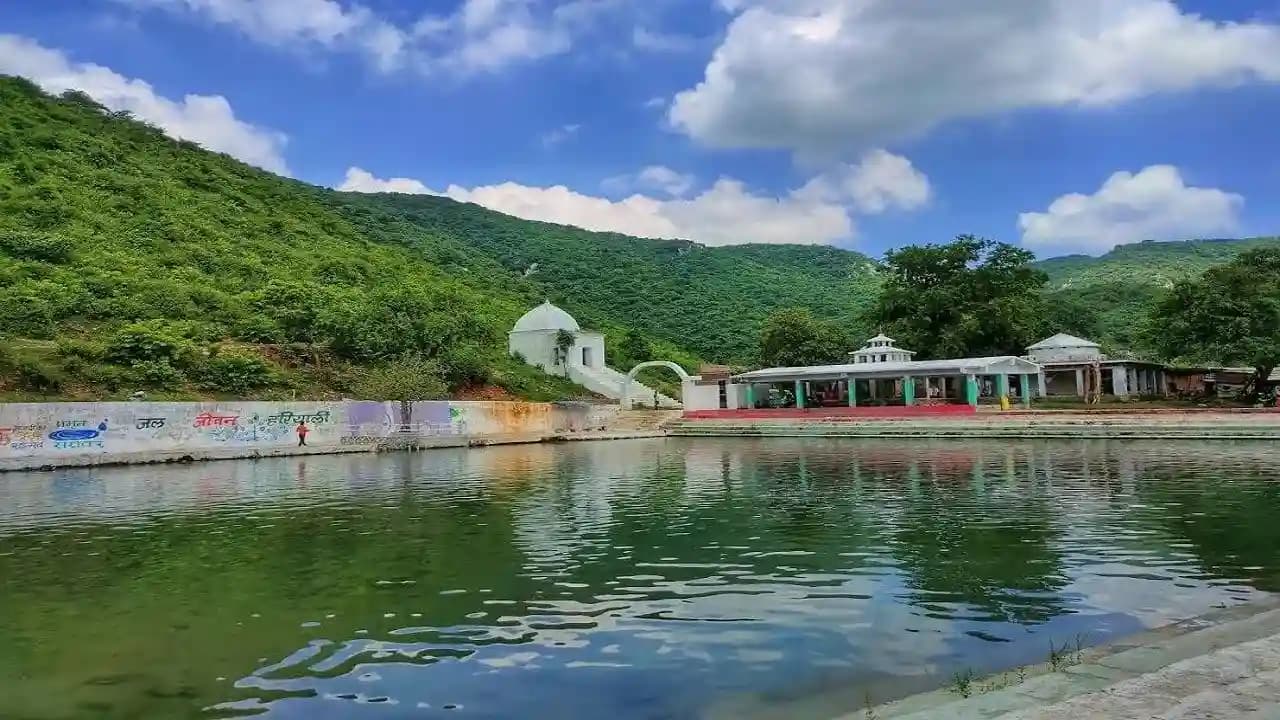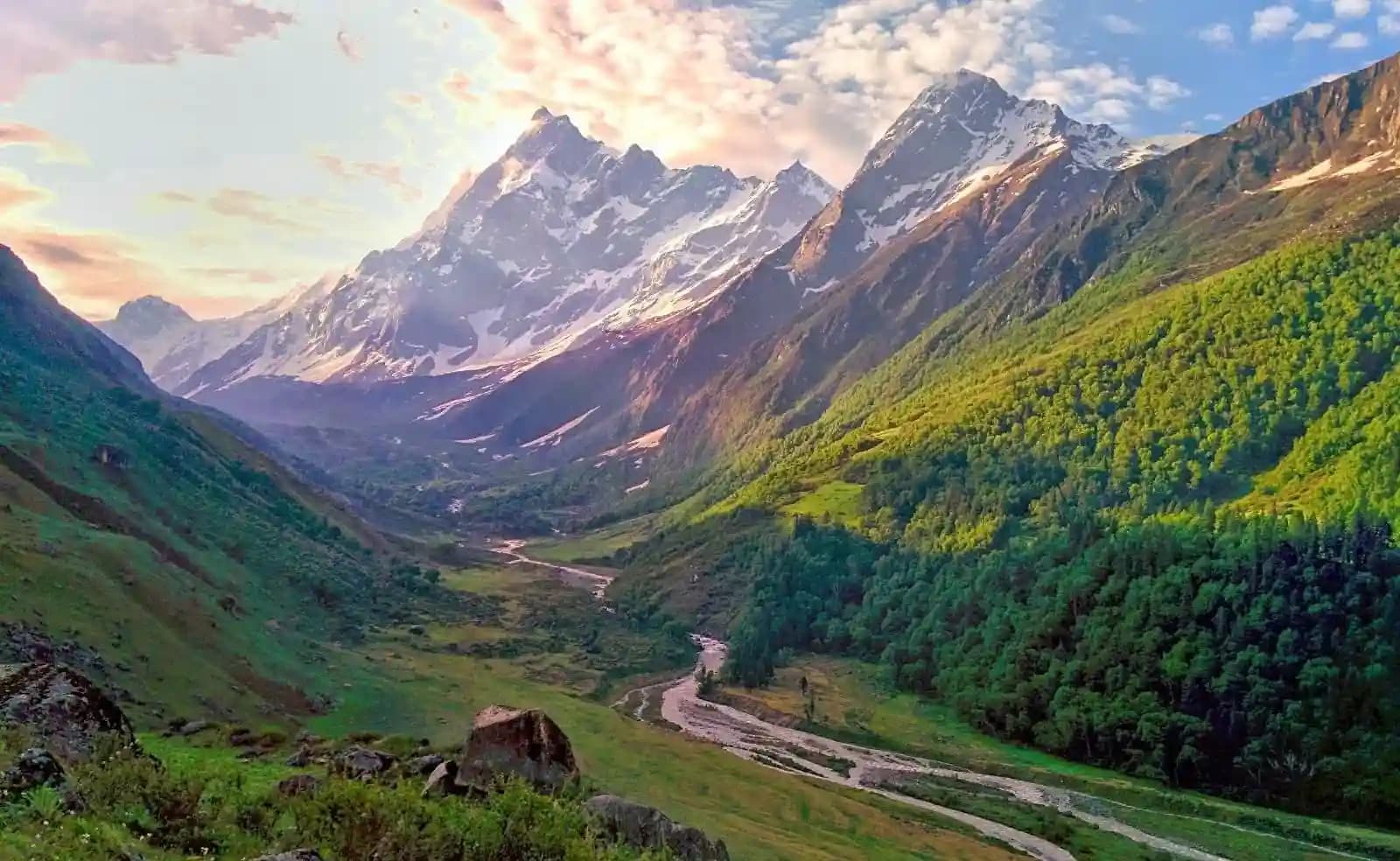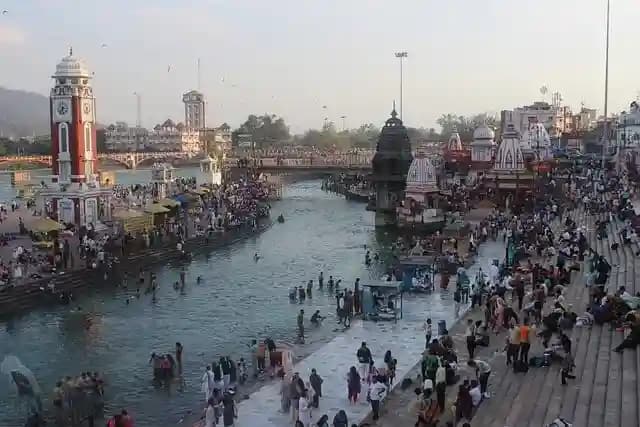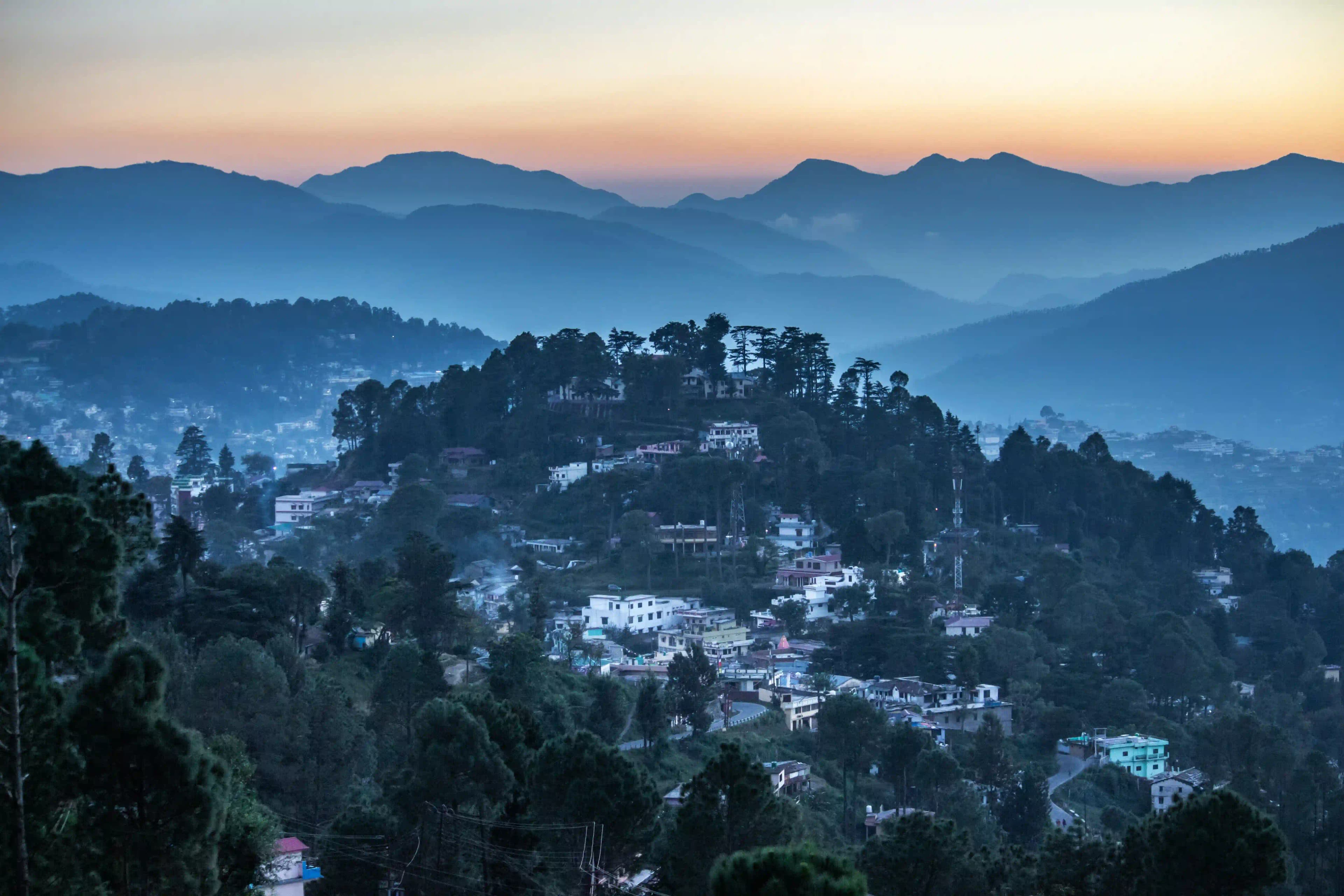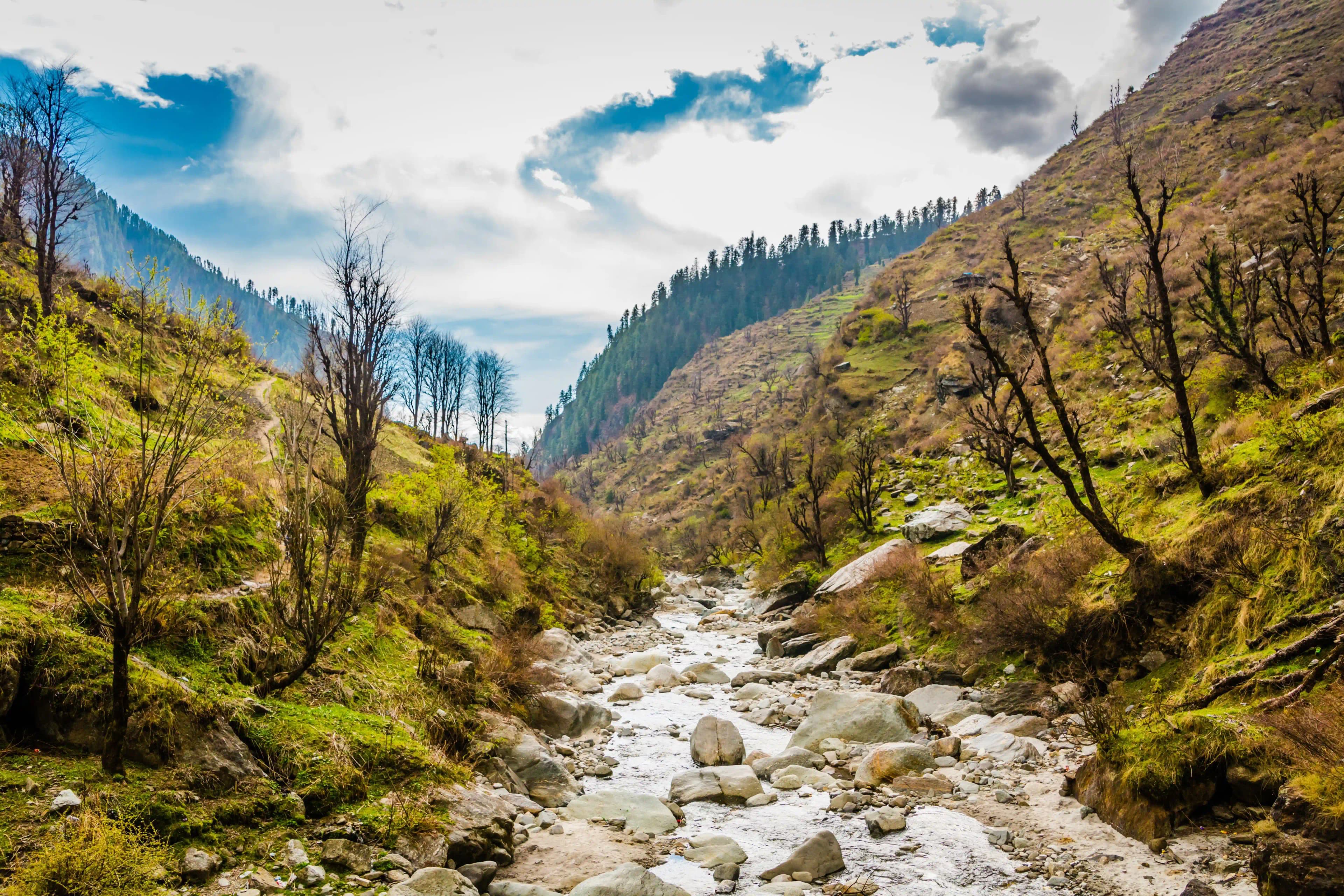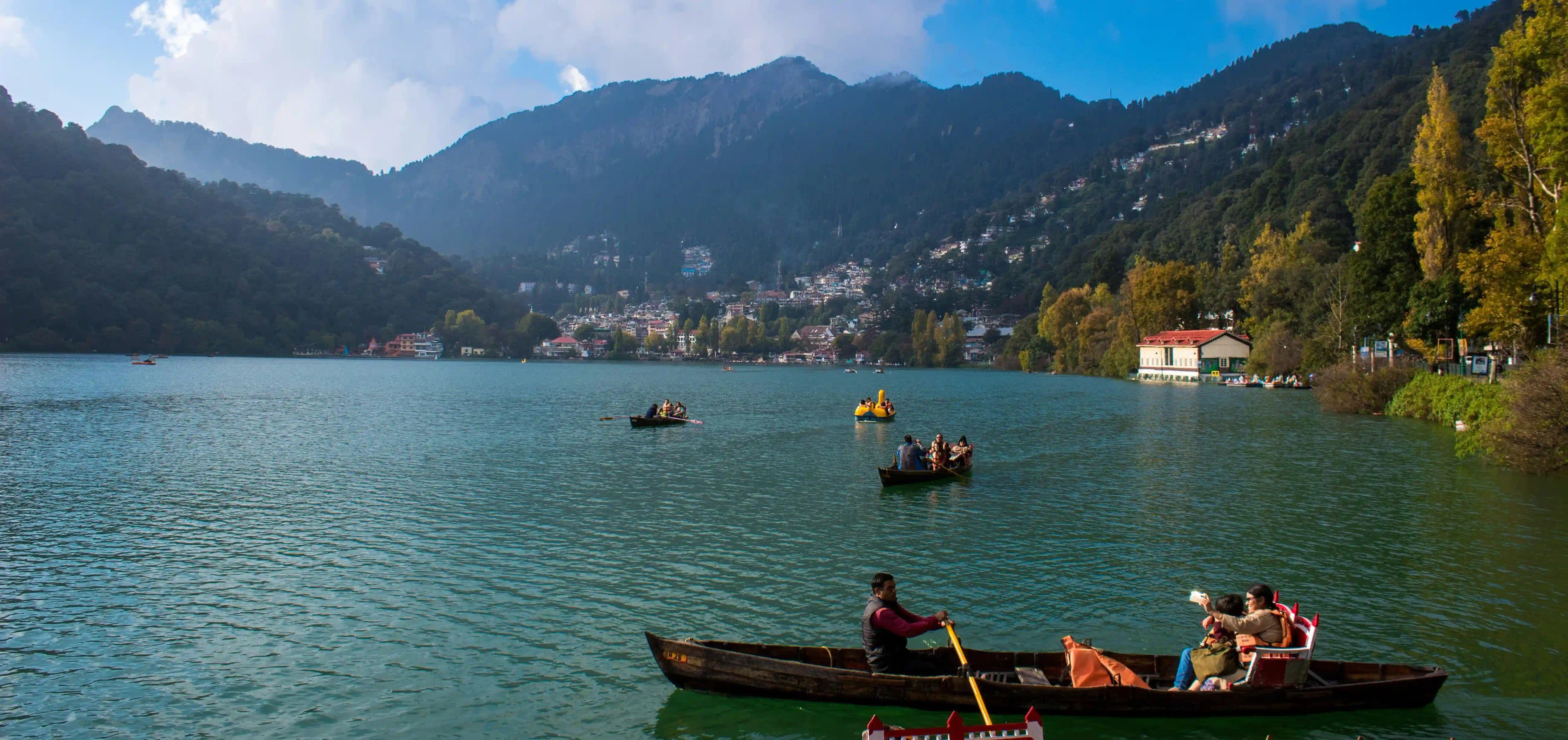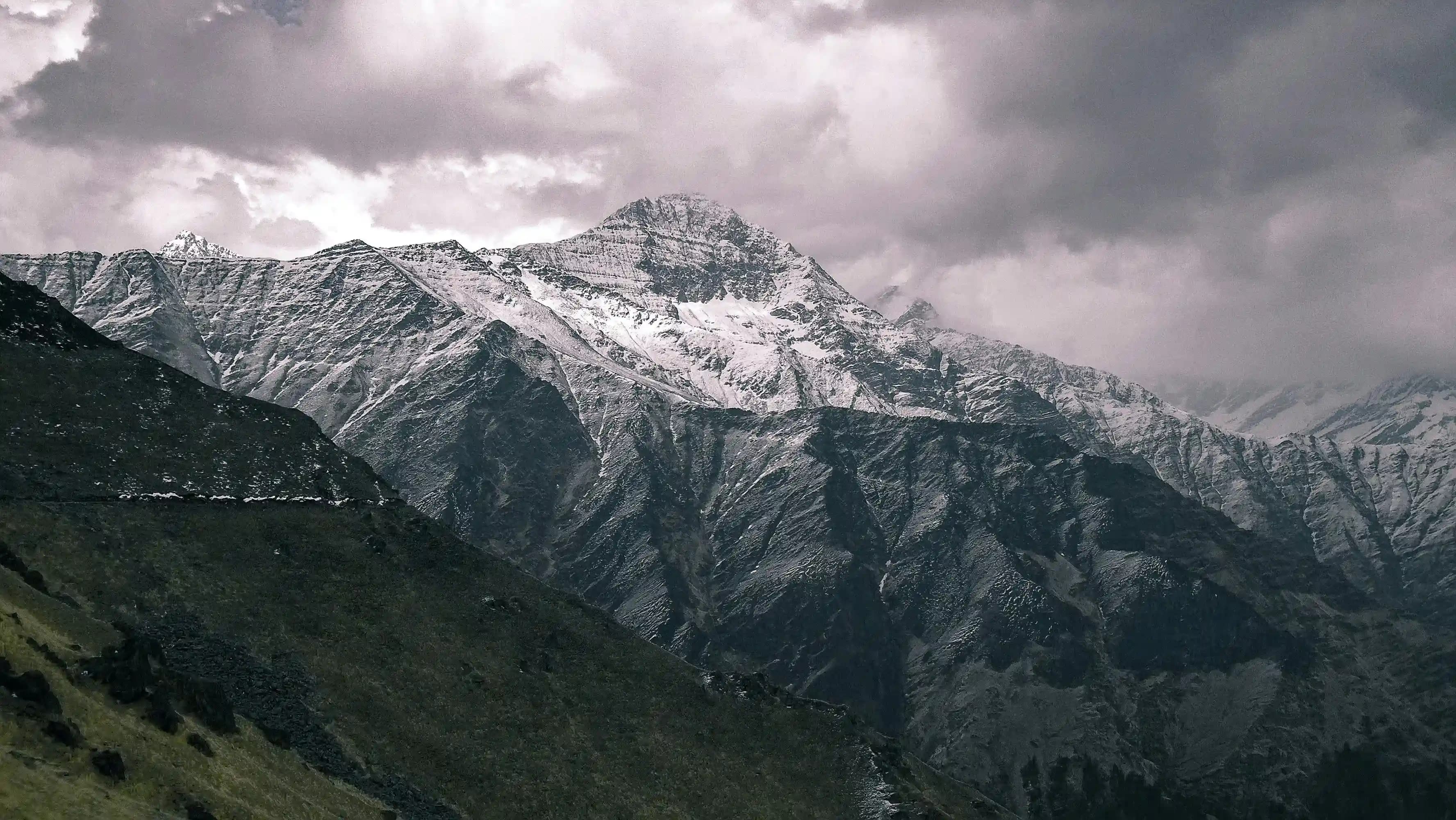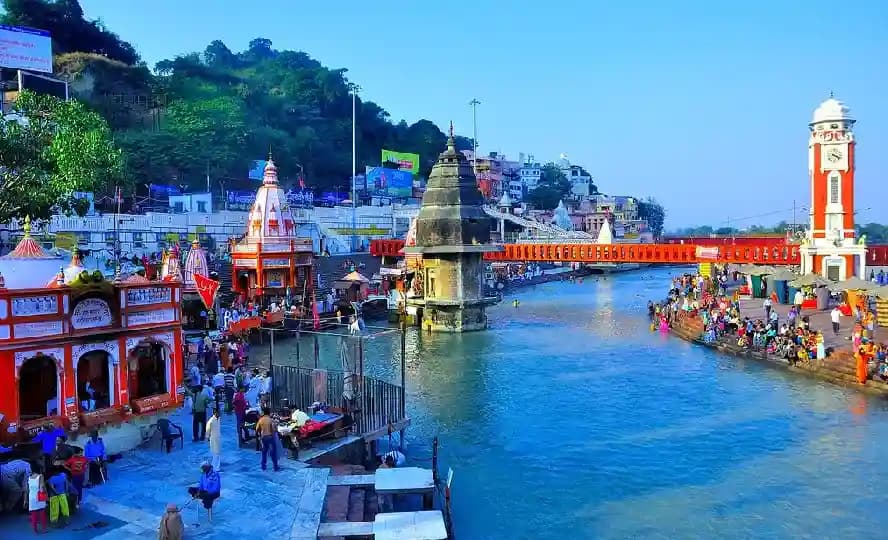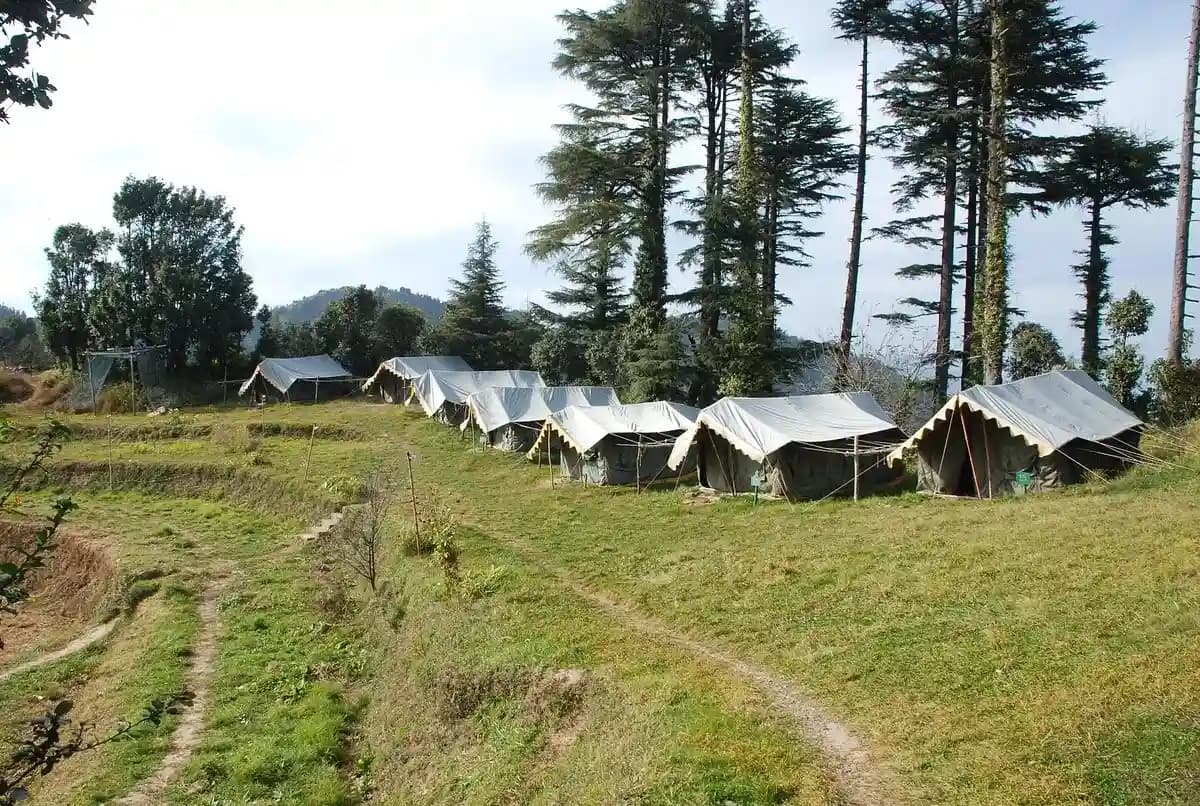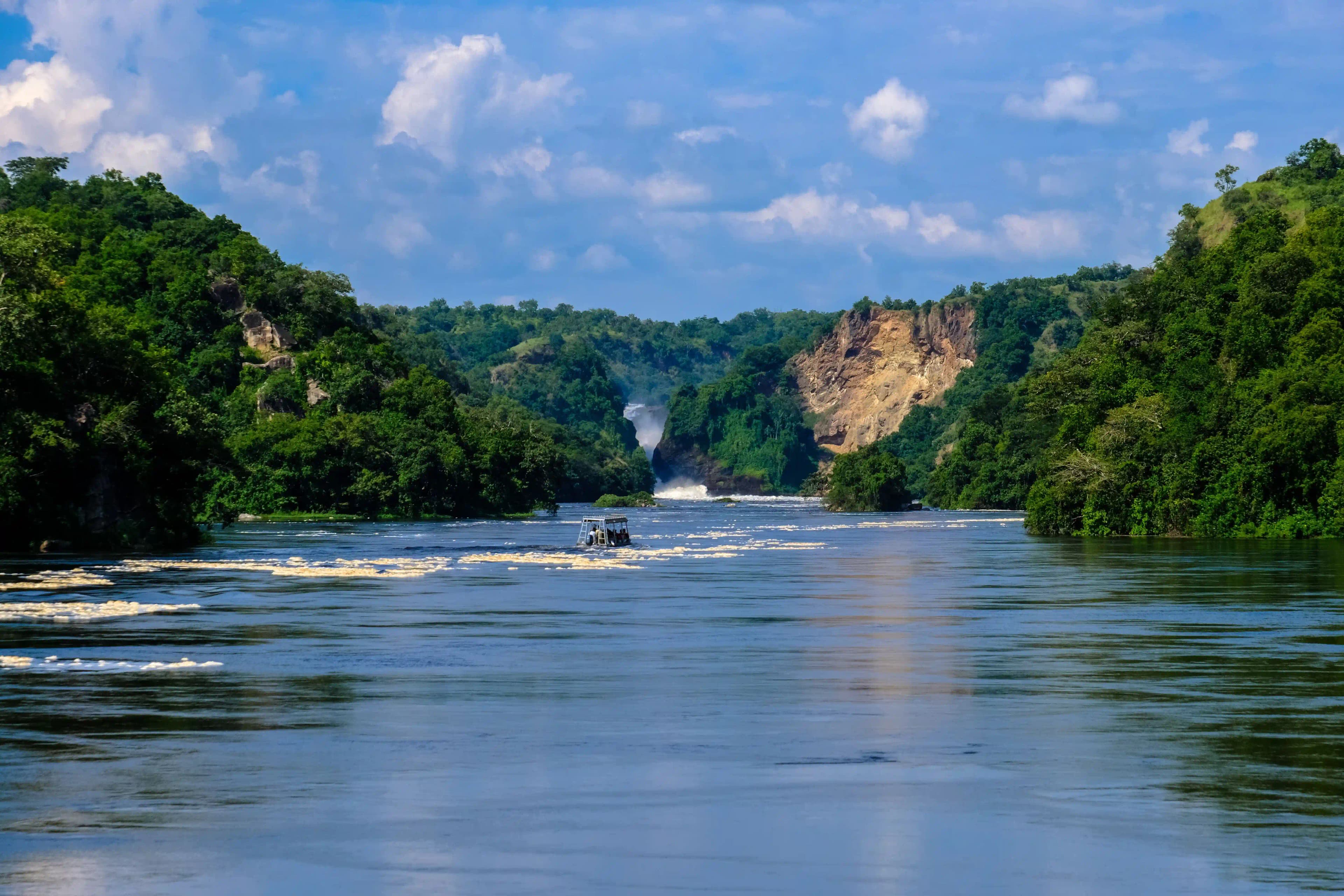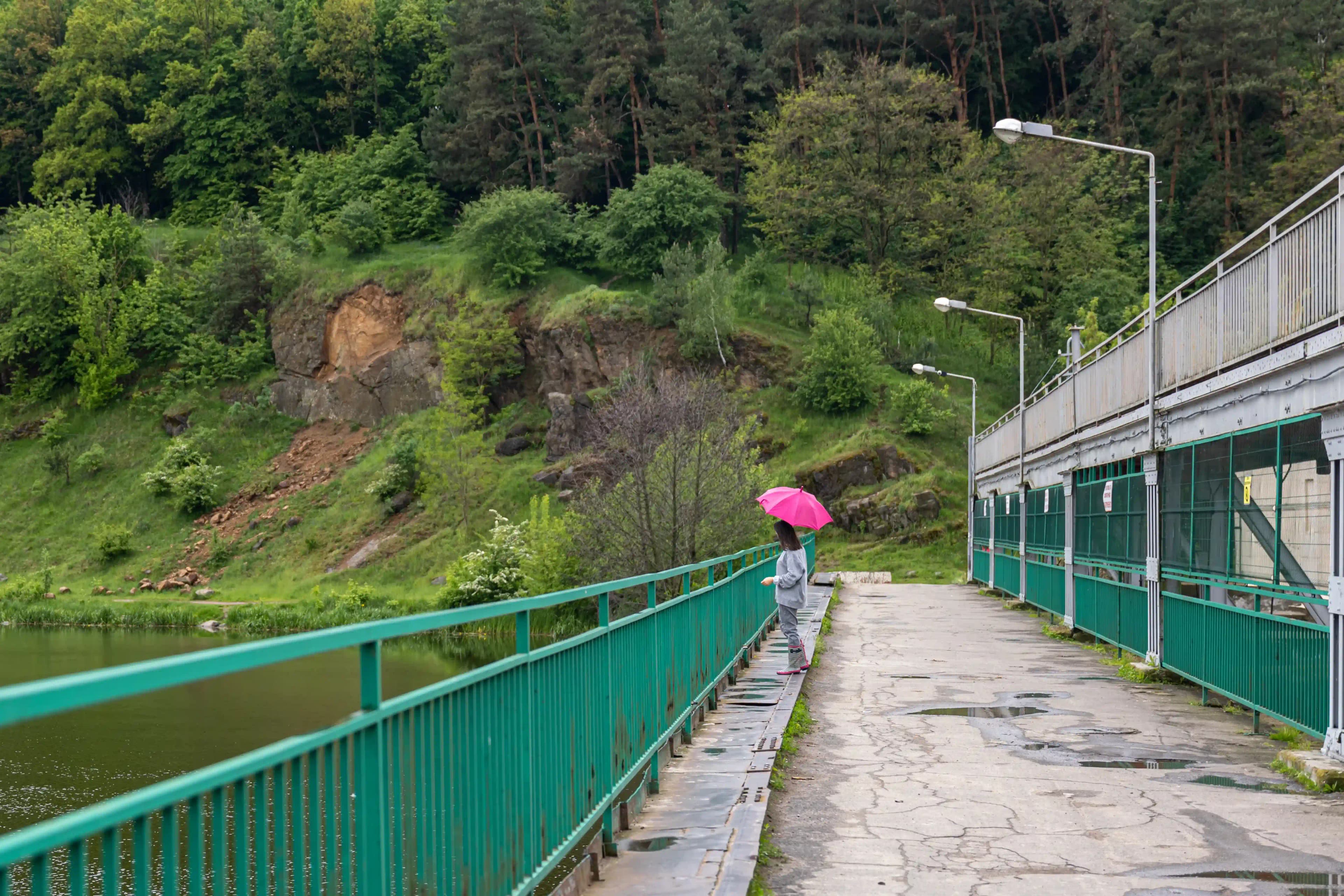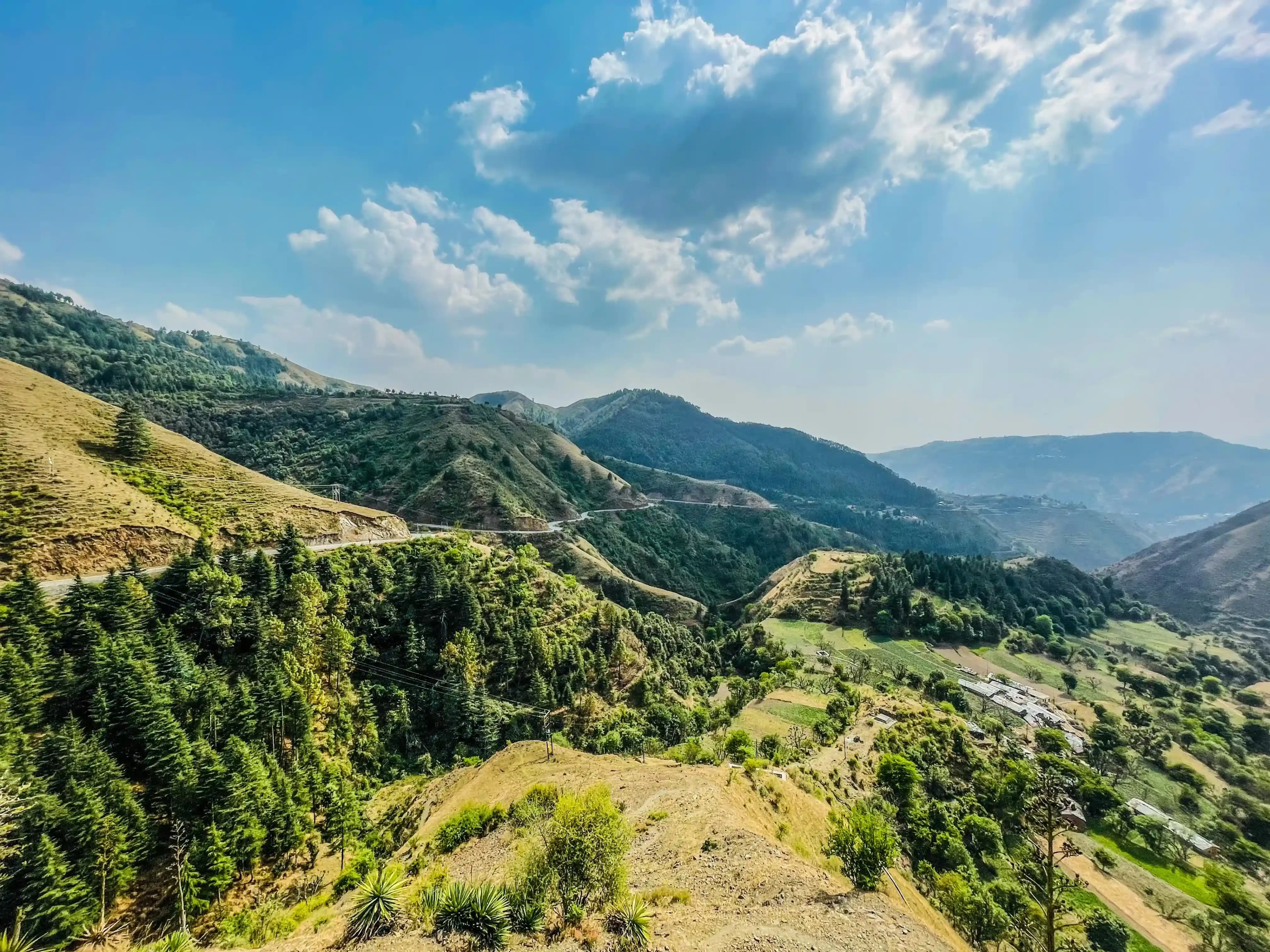A number of places are accessible throughout the year, calling us to spend time in their breathtaking beauty in every light and during every season.
While a number of attractions only remain open for a little period of time, giving us a chance to absorb their beauty before they close. The other one is Badrinath, a tiny yet excellent holy town in Uttarakhand trip.
The Badrinath temple, its crown treasure, is closed all through the chilly winter months. However, summer is the best time to visit Badrinath, when the temple is at its most fantastic. But for most of the year, Badrinath is icy, snowy, and frigid. The average temperature is about 18 °C, which is often warm and pleasant. As winter and the monsoon season arrive, the temperature drops steadily, freezing this wonder with pitter-patter of rain followed by snowflakes.
A visit to Badrinath is important, even though your options could be limited in terms of appropriateness and safety. It is a town that radiates spirituality through nature besides being a part of the yearly Char Dam celebration. Numerous tourist destinations around Badrinath, such as Charanpaduka, Vasudhara Falls, Bheem Pul, Brahma Kapal, and others, are popular due to their significance in Hindu mythology and folklore. Don't think that the altitude is the reason you're breathing less deeply. Your heart will be won over, your spirit will be calmed, and your senses will be delighted by the natural wonder, beauty, and tranquility.
Best Time to Visit Badrinath
Now let's have a quick peek into the weather conditions of Badrinath and clear all the lingering questions that you people have regarding this astonishing place.
Badrinath Weather During Summer (April – June)

Temperature: In the summer, Badrinath often receives highs of 29 degrees and lows of 19 degrees.
Atmosphere: In summer, the sun peeks out to bless Badrinath's weather. While it might be as low as 8°C, Badrinath's summertime weather is generally pleasant and mild. The best time to visit Badrinath and its surrounding region is during the summer. The area is properly warmed by the sun, and it is safer and simpler to go around because there isn't any snow.
Facts: The famous Char Dham Yatra is taking place this season. The yatra is open from April to May and includes four significant stops, the final one being Badrinath. The first three destinations—Puri, Rameswaram, and Dwarka—are available all year round, but pilgrimages to Badrinath can take place from April through October. When you consider this aspect along with the lovely summertime weather, you can see why Badrinath has the greatest number of visitors at this time of year.
Reasons to visit now: The summer months in Badrinath are like heaven on earth, with clear sky, sunny days, and beautiful scenery to discover. This is a great time to visit Badrinath since, unlike other seasons, you won't be trapped by the rain or snow. Furthermore, you can talk about the spirituality of the temple, the yatra, or your journey with people who share your beliefs because they are all pilgrims to Badrinath.
Know before visiting: The summer light of Badrinath is not to be trusted. Packing a couple sweaters and woolens will protect you from the nighttime chill as it becomes chilly here.
Pro tips: Because of the Char Dham yatra, this is Badrinath's busiest time of year. Traveling to Badrinath, devotees from all over the nation and even the world come to restore their faith and take in the area's spiritual and scenic beauty. Purchasing tickets and lodging might become challenging if they are not reserved far enough in advance.
Badrinath Weather During Monsoon (July-September)

Temperature: During the monsoon, Badrinath often gets highs of 27 degrees and lows of 20 degrees.
Atmosphere: A significant amount of Badrinath's monsoon weather consists of cold and gloomy days. Rainfall is the only challenge to visiting the area during the monsoon. Badrinath has moderate to intense monsoon rainfall, which can make it difficult for you to go sightseeing. June and July are the wettest months, and by September, most of the rainfall has dried up.
Facts: When Badrinath reopens to visitors in September, you are welcome to participate in the holy journey. One of the final months the Badrinath temple is open is September. Therefore, there is not much time to have a darshan at the temple and it has to be done before winter arrives and the snow starts to drift in.
Reasons to visit now: The second peak season in Badrinath, which attracts a large number of visitors and devotees, occurs in September. The rain will have stopped by mid-September, and you'll appreciate the occasional downpours. It's sufficient to bring out the area's attractiveness without limiting your freedom of movement.
Know before visiting: When buying your tickets, you must carefully review the monsoon season—whether it is severe or mild. Because of the increased risk of landslides in this area during the monsoon, few pilgrims or tourists opt to visit Badrinath between June and August. Don't forget to keep track of the weather. Furthermore, snow can be seen during this season, enveloping the higher mountain slopes in ice!
Pro tips: Once more, consider your options carefully before purchasing your tickets for this season. In order to protect yourself from the pouring rain and freezing temperatures, if you do decide to attend, be sure to pack a raincoat, gumboots, trekking shoes, woolen clothes, a windcheater, thick socks, waterproof gloves, and more.
Badrinath Weather In Winter (October-April)

Temperature: During the monsoon, Badrinath often receives highs of 25 degrees and lows of 6 degrees.
Atmosphere: The first snowflakes of winter begin to fall in mid-October, although September and a small portion of October continue to be mostly dry and snow-free. By the end of October, Badrinath is completely covered in thick, white blankets due to severe snowfall. Due to the severe weather, there are no roads leading to the town, and Badrinath will continue to get snow until mid-March or early April.
Facts: Normally, we would discuss the festivals and events that occur throughout this season in this section. But in the winter, Badrinath's weather effectively shuts off the outside world, turning the town into a quiet, isolated, and snow-bound place. A winter journey to Badrinath is not possible since the temple will be closed for the next six months and everything will be covered in snow.
Know before visiting: The entire region becomes extremely uninviting to tourists when the temperature drops to below zero.
Pro tips: It seems reasonable to wait until April for Badrinath to reopen its doors for the reasons mentioned above. Before the yatra starts, winter offers the area a unique opportunity for relaxation and recovery.
Conclusion
The months of May through June and September through October are the best time to visit Badrinath. These times of year are perfect for touring the area's religious sites and scenic landscapes since they have nice weather and clear sky. Avoid the monsoon season, which lasts from July to August, as it might cause travel plans and outdoor activities to be disrupted by severe rains. To get the most out of your journey to this respected and beautiful location, carefully plan your itinerary.












